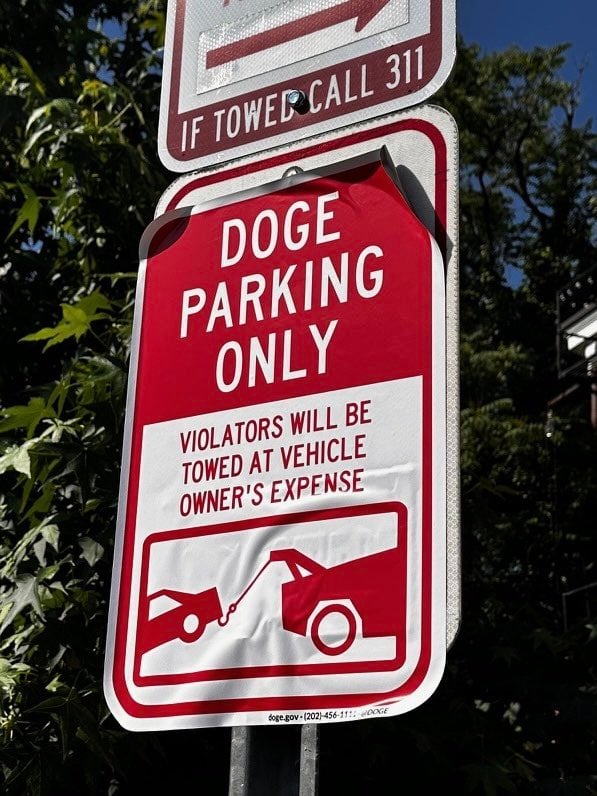Maybe you’re considering giving bike commuting a shot during Bike to Work Day tomorrow. Perhaps you live south of National Airport and are flummoxed by the prospect of a summer without good public transit options. Whatever your reason: 1) this could be among the best decisions you’ll ever make; 2) congratulations on outliving your friends; and 3) be aware that an entire industry stands ready to empty your bank account. It wants you to buy stretchy neon clothes, carbon frames, clipless pedals, bike computers, and anything else that keeps your credit-card arm in optimal shape.
That’s not to say I don’t love buying stuff for my bike, but I’ve been riding in for 13 years now, and when I buy something, it’s usually because I actually need it. I try to buy things that last a long time—I bought my current bike in 2007 and just changed its saddle a few months ago. My bike bags and fenders date to around the same time. I’d been riding for a year at that point and had developed a pretty good sense of what’s actually important.
Some people need to invest a bunch of money in a project to make themselves commit to it. No judgments here. But if you’re merely curious, here is a bare-bones plan to get into bike commuting without endangering your retirement. You can add other stuff later.
A bike
The best bike for you is the one you’re most comfortable with. It may already be in your possession. It’s good if you can lift your bike, because situations where you have to carry it come up more often than one might hope, but it’s most important that whatever you ride is in decent shape. Take your old friend to a local bike shop and ask for a tune-up—you’ll probably be amazed how dandy it comes back to you. If you must buy a bike, resist the temptation to spend a zillion bucks. Try a used bike first (bike co-ops like Phoenix and Vélocity are great places to look), then upgrade once you’re sure bike commuting is for you. You’ll have a better idea what you need by then, anyway.
A helmet
Honestly, I’m still not entirely sold on helmets, but after my first kid was born, I decided I’d rather be wrong about thinking I need one than wrong about thinking I don’t need one. All helmets sold in the US have to meet the same minimum safety standard, so you don’t have to spend a ton starting out—but buy one from a brick-and-mortar shop or directly from a manufacturer because there are a lot of fakes on the internet. Virginia Tech has a great site that rates bike helmet safety.
Lights
Front (white) and rear (red). Do not skip this step, especially in the cooler months when you’re more likely to be riding in twilight or the dark. I ride with mine on year-round so I’m easier to see, and LED technology means lights are brighter than ever and easy to keep charged up. Here are some reccys.
A lock
Unless you can stash your bike in your building somewhere. Otherwise, get a good one.
Clothes
If you’re just riding to work, bike clothes could be a waste of money. I ride in quick-drying T-shirts and regular old shorts in the summer and shower and change in my building’s gym. During cooler months I ride in my work clothes (I don’t ride too fast, so this works out, sweaty-coworker-wise). But if buying special clothes makes you more likely to ride, then Lycra onward, my friend. In spring, fall, and winter, you’ll need a reflective jacket, and you’ll probably want some gloves sooner rather than later, but right now just follow Freddie Mercury‘s advice and just get on your bike and ride.
Some more resources:
How to Look Crisp and Professional When You Commute to Work By Bike
10 Creative, Design-Friendly Ways to Store a Bike




















